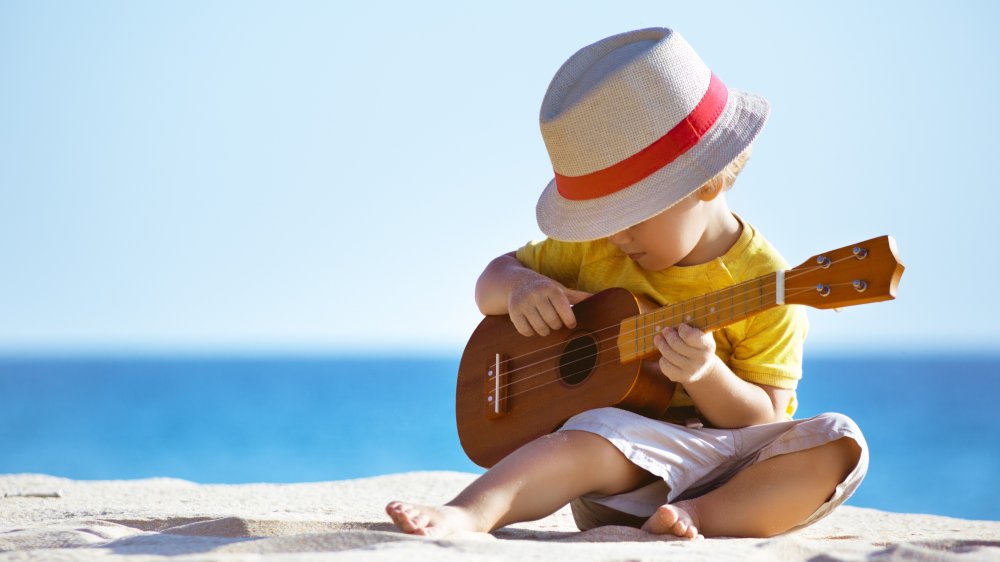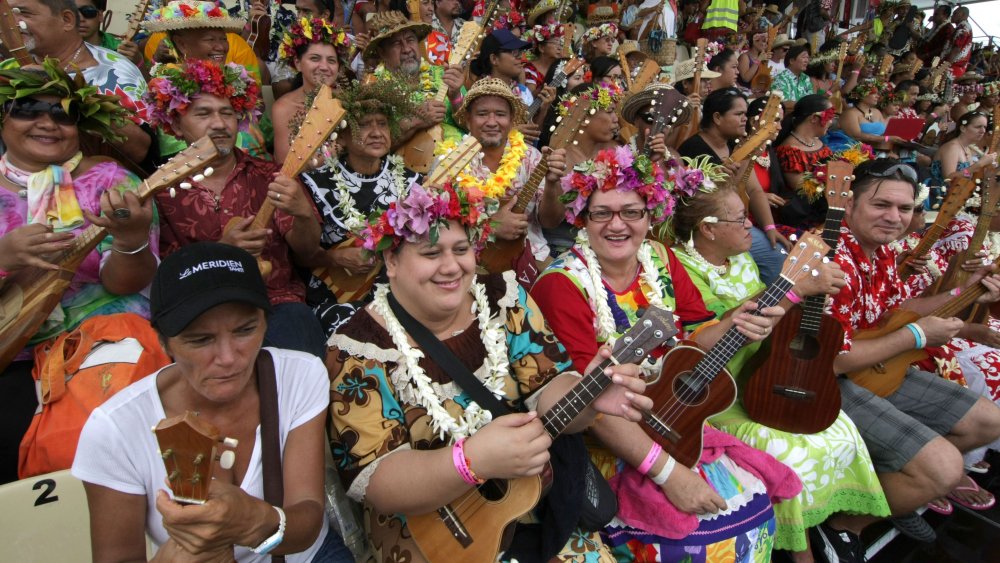The Surprising Origins Of The Ukulele
The ukulele is one of those things that comes and goes in popular culture. Small, sprightly, lightweight, a uke can literally fit in your pocket (depending, of course, on how big your pocket is, and whatever else you might have in there, and no, we don't want to know).
Most people associate it with its soprano incarnation, though there are lots of sizes from which to choose, and while many assume it was birthed hundreds of years ago in Hawaii, which is dead wrong.
"But, what about the islands?" we hear you cry. There's an island involved. It's just not Oahu.
Come we now to the 19th century. Economic hard times worldwide, but especially on the island of Madeira. Madeira is located northwest of Africa (west and slightly south of Casablanca) and belongs to Portugal, which is also north and kind of west of Africa, depending on where in Africa you happen to be standing at the time. The island's economy was largely agricultural then, and decades of crop failures and blights made for desperate times.
Climbing out of the geographic rabbit hole, we see that agricultural interests were hopping in the Kingdom of Hawaii, then known as the Sandwich Islands, but there was a shortage of workers. Recruiters in Europe brought workers from the island of Madeira (famous for wine, as well as a near-tropical climate) to work the fields in Hawaii.
Like so many things, ukuleles settled in Hawaii from somewhere else
Besides addresses so they could send back postcards, the workers brought machetes, which have nothing to do with sling blades, nor anything to do with Danny Trejo, although we would definitely watch that movie. The machete in question is a small, four-stringed folk instrument, not unlike a guitar. Only, you know, smaller. And with fewer strings.
According to The Ukulele: A History, by Jim Tranquada and John King, one of the very earliest photos of a machete (the Tiny Tim kind, and we're not referencing Charles Dickens) was taken by Charles Lutwidge Dodgson, pen name Lewis Carroll, and featured Lorina Liddell, sister of Alice Liddell, inspiration for Alice in Wonderland and Through the Looking Glass.
Having emerged from that rabbit hole, we read on to learn that, according to Tranquada and King, the machete — the forerunner of what would eventually be known as the ukulele — arrived in Hawaii in 1879 with Portuguese laborers. The locals seized upon (in the nicest possible way) the instrument and renamed it – ukulele roughly translates as "dancing flea." It didn't hurt that King David Kalakaua promoted the instrument, with a group of ukulele-accompanied singers as part of his court. He even learned to play himself.
Uke-lear radiation
Ukes moved east in popularity, becoming a white-hot item in San Francisco in the first part of the 20th century. They were a fixture of the Jazz Age. Cliff Edwards, the man who voiced Jiminy Cricket in Disney's Pinocchio, used to perform as Ukulele Ike.
Hipsters rediscovered the instrument in the early days of this century, and sales are still strong. No matter which size — sopranino, soprano, concert, tenor, baritone, or bass — the uke is smaller, cheaper, and easier to learn than a guitar.
There's always the story of Herbert Butros Khaury, the ukulele player known to the world as Tiny Tim, who gave us an undying cover version of "Tiptoe Through the Tulips." But honestly, there are some rabbit holes even we won't explore.


